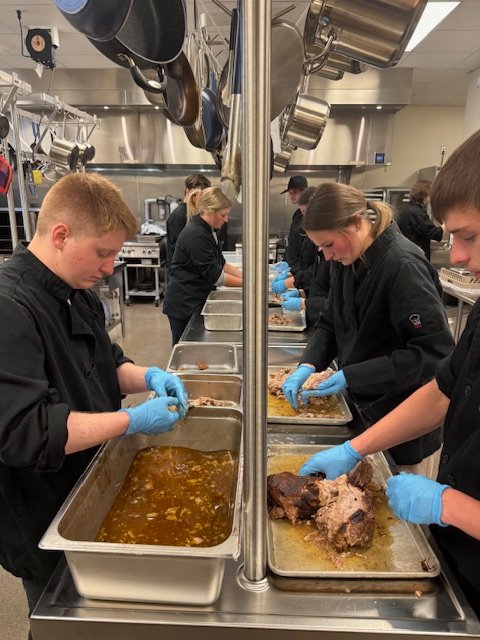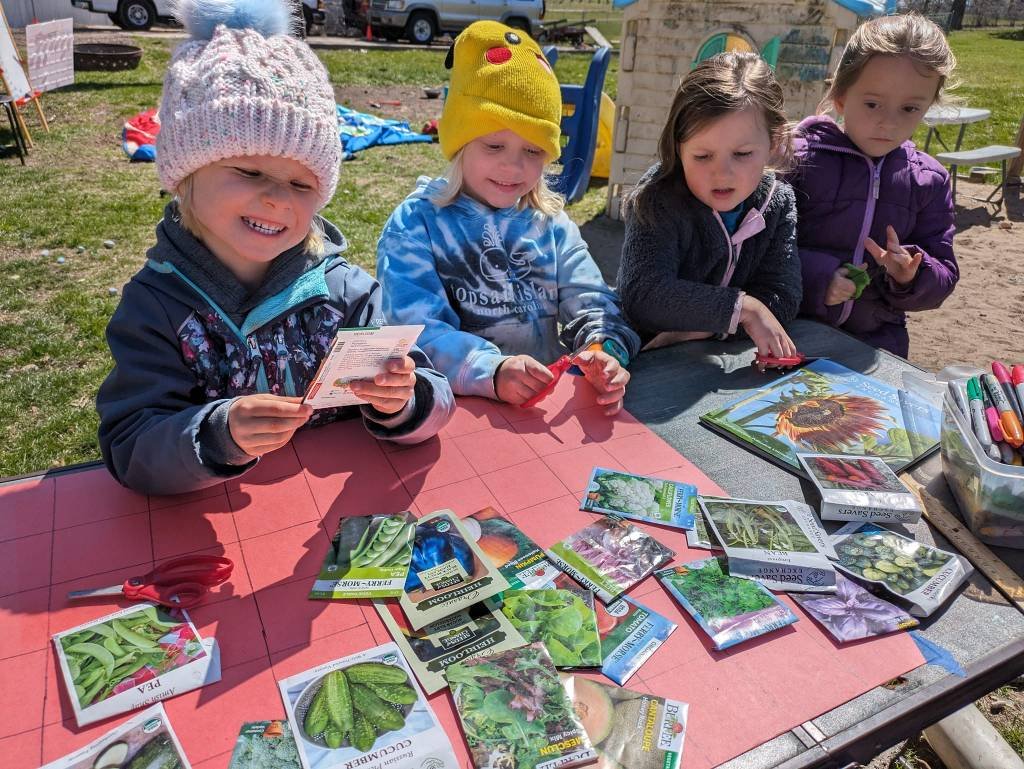Agriculture is connected to virtually every aspect of our life, yet many students grow up with little understanding of where their food comes from or how it’s produced. Integrating agricultural education into the classroom can offer a wealth of benefits that go far beyond the farm. Here are a few reasons why agriculture should be incorporated into classrooms.
Connecting Students to Their Food
Students are often disconnected from the origin of their food since fewer grow their own food or have even visited a farm. By teaching agriculture, educators can help bridge this gap, helping students understand the journey from farm to table. This knowledge fosters appreciation and awareness of the efforts involved in food production, processing, distribution, retail and the power of marketing encouraging healthier eating habits.
Enhancing STEM Learning
Agriculture is a field rich for exploring science, technology, engineering, and mathematics (STEM). From understanding plant biology to modern farming machinery, agriculture provides real-world applications for STEM concepts. Through hands-on experiences, subjects are more engaging and relatable for students and can spark interest in STEM careers.
Encouraging Critical Thinking and Problem-Solving Skills
There are real-world challenges that agriculture needs to solve. Teachers can engage students in agricultural projects and develop their critical thinking skills. Learning these skill sets will help prepare them for a wide range of future careers.
Encouraging Career Exploration

Agriculture is a diverse field with countless career opportunities, from farming and agronomy to food science and environmental consulting. By exposing students to these possibilities early, teachers can help them explore careers they might not have otherwise known of and considered. Agricultural education can help solve global challenges such as food security.
Teaching agriculture in the classroom offers lessons beyond agriculture. It teaches practical life skills valuable in any profession. Students learn responsibility, teamwork, and perseverance through challenges when tending projects like gardens. These experiences build resilience, patience, and a strong work ethic – qualities that are essential for success in any field.
Want to connect your classroom to agriculture learning for the new school year? Here are a few ideas for the upcoming fall months to help tie-in to agriculture.
| Elementary | Middle School | High School | National Celebrations | |
| September | Honey Bees: A Pollination Simulation Eggs From Hen to Home Let’s Go Shopping |
Flower Power Eggs on the menu Enlightened Concessions |
Honey as a Biomolecule Photoperiod Phenomena My Agriculture Connections |
Food Literacy Month Chicken Month Honey Month |
| October | Pork Production Then and Now From Farm to Lunch Tray PizzaThon |
Iowa Hog Lift: International Diplomacy What’s for Lunch? FoodMASTERS Cheese |
Pig Power: Creating Biogas and Renewable Energy A Search for the Source Enzymes and Bacteria are Whey Cool! |
Pork Month Farm to School Month Pizza Month |
| November | It’s a MOO-stery! Exploring Aquaponics GobbleUp! |
GobbleUp! FoodMASTERS: Fats and Oils Aeroponic Engineering & Vertical Farming |
Blue’s the Clue: Souring Milk for Science GobbleUp! Urban Agriculture Innovation |
Butter Day (17) STEM Day (8) Eat a Cranberry Day (23) |
Reach out to Ellen Lupkes, Education Program Manager, ELupkes@IowaAgLiteracy.org to learn more about how you can incorporate agriculture into your classroom.
~ Iowa Agriculture Literacy Foundation Team

















